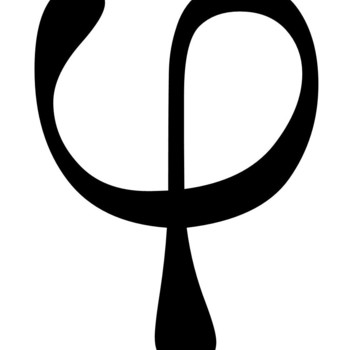What is #cos 36^@# ?
3 Answers
Explanation:
There really is nothing to say.
Explanation:
For brevity, write:
#{ (c = cos 36^@), (s = sin 36^@) :}#
Note that:
#-1 = cos 180^@ + i sin 180^@#
#color(white)(-1) = (cos 36^@ + i sin 36^@)^5#
#color(white)(-1) = (c + i s)^5#
#color(white)(-1) = (c^5-10c^3s^2+5cs^4) + i(5c^4s-10c^2s^3+s^5)#
Looking at the imaginary part and dividing by
#0 = 5c^4-10c^2s^2+s^4#
#color(white)(0) = 5c^4-10c^2(1-c^2)+(1-c^2)^2#
#color(white)(0) = 5c^4-10c^2+10c^4+1-2c^2+c^4#
#color(white)(0) = 16c^4-12c^2+1#
#color(white)(0) = 16c^4-8c^2+1-4c^2#
#color(white)(0) = (4c^2-1)^2-(2c)^2#
#color(white)(0) = ((4c^2-1)-2c)((4c^2-1)+2c)#
#color(white)(0) = (4c^2-2c-1)(4c^2+2c-1)#
So using the quadratic formula, we find:
#c = (+-color(blue)(2)+-sqrt(color(blue)(2)^2-4(color(blue)(4))(color(blue)(-1))))/(2(color(blue)(4)))#
#color(white)(c) = (+-2+-2sqrt(5))/8#
#color(white)(c) = 1/4(+-1+-sqrt(5))#
Which combinations of signs do we need?
Note that
So:
#c = 1/4(+-1+sqrt(5))#
Then
So:
#cos 36^@ = 1/4(1+sqrt(5))#
Notice that this is
So to get a good rational approximation for
#1, 1, 2, 3, 5, 8, 13, 21, 34, 55, 89, 144, 233, 377, 610, 987, 1597#
So:
#cos 36^@ ~~ 1597/(2*987) = 1597/1974 ~~ 0.80917#
Explanation:
Given:
We will write
Let us say
Note that:
Let us consider
Note that:
Remember:
We use this identity to simplify
Rearranging the terms, we get
Hence,



